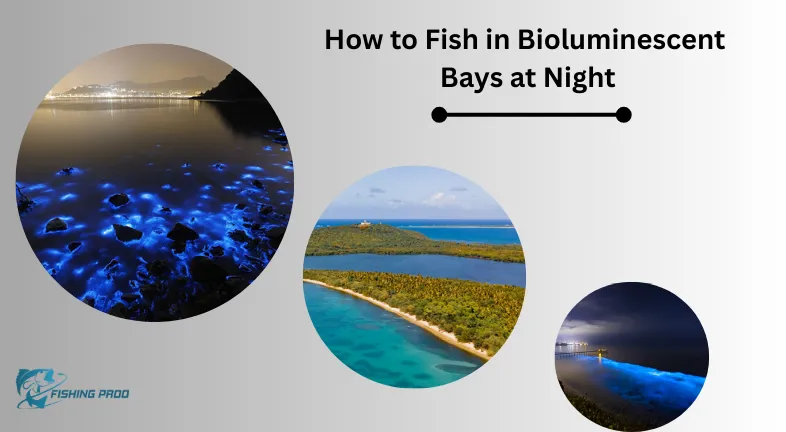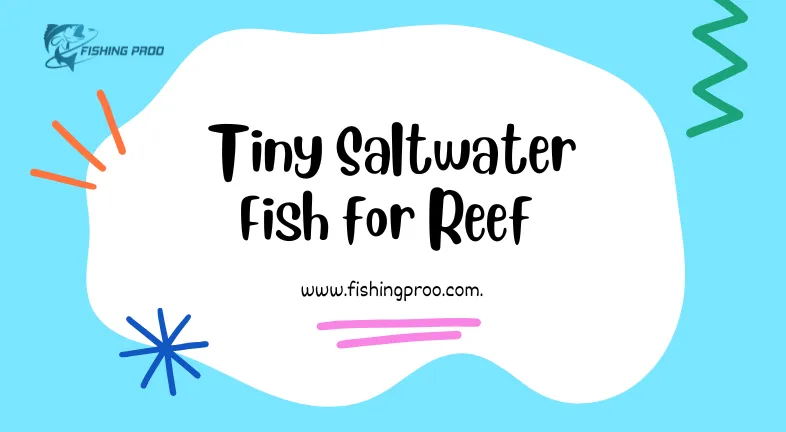Lake fork Fishing Report
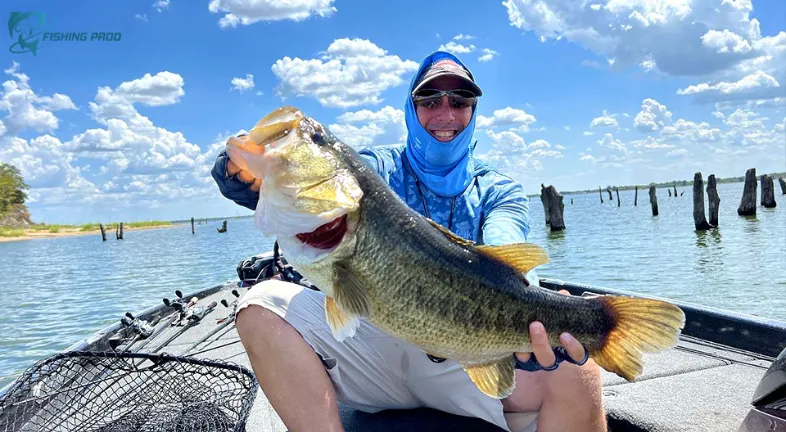
Lake Fork Fishing Report, August 2024
As summer progresses, Lake Fork maintains its status as one of the best bass fishing venues in the country. With water temperatures in the mid to upper 80s, the fishing has been a mix of early morning and late evening, with bass going deeper during the day. Here’s what to expect on your next visit to Lake Fork.
Current Water Conditions

Lake Fork’s water level is slightly higher than average for this time of year, thanks to recent rains that filled the lake to capacity. The water visibility is generally good, ranging from 2 to 4 feet, with some sections being slightly murkier due to localized rain showers. The water temperature is currently in the mid to upper 80s, as is typical for this time of year.
Bass fishing
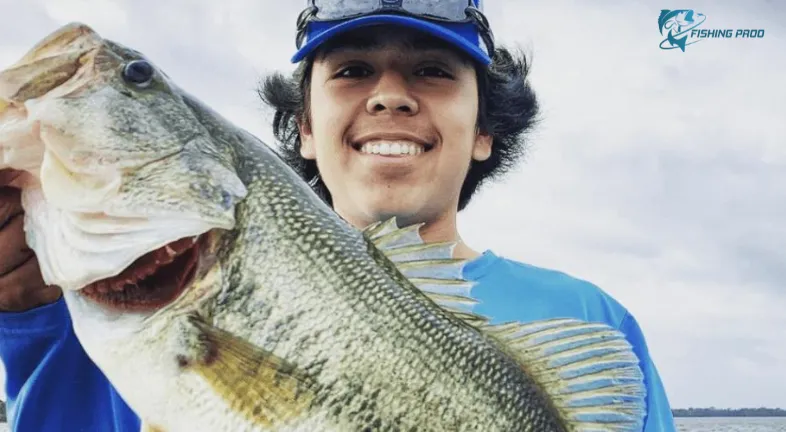
Largemouth bass have been biting well, with the best action coming in the early mornings and late evenings. During these cooler months, fish are frequently seen in shallower waters, particularly along Lake Fork’s numerous points, humps, and submerged features.
Morning Action: Topwater baits such as frogs and poppers have been productive early in the day, particularly in locations with heavy foliage or near lily pads. The bite is frequently rapid and furious, with bass feeding vigorously before the sun climbs higher in the sky. Once the sun comes up, switching to shallow-running crankbaits or soft plastics fished near submerged stumps and brush piles has yielded regular results.
Daytime Tactics: As the day advances and the sun heats up the water, bass like to migrate deeper, frequently staying near the thermocline at 20-25 feet. Carolina rigs with soft plastics, deep-diving crankbaits, and football jigs have proven effective in these deeper waters. Targeting the main lake points, submerged road beds, and creek channels can produce good results, especially when employing electronics to find schools of fish.
Evening Bite: The evening bite is similar to the morning bite, with fish returning to shallower waters as temperatures drop. Spinnerbaits and swimbaits worked along weed lines and near shallow timber have been effective during this period.
Crappie Fishing
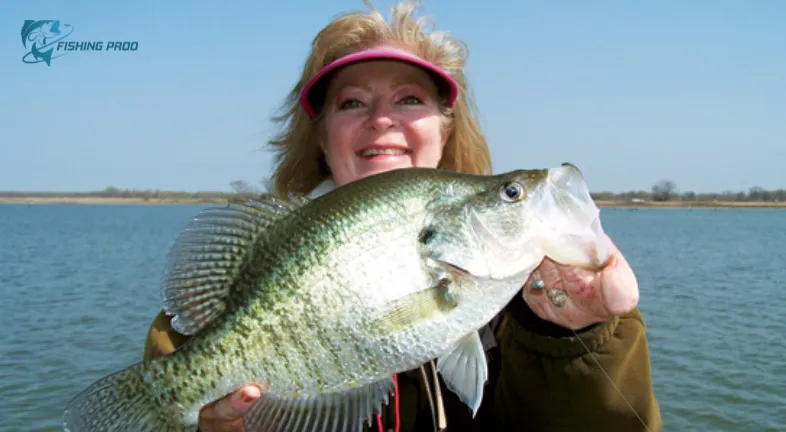
Crappie anglers have had luck targeting deeper brush piles and standing wood in 20-30 feet of water. Minnows and small jigs have been popular baits, with some anglers employing vertical jigging techniques that use electronics to identify schools of crappie.
Crappie fishing has been especially productive around bridge pilings and the borders of stream channels. The bite is normally best in the early morning hours, but some fishermen report consistent action throughout the day, especially on overcast days when the fish may remain shallower for longer.
Catfish Fishing

Lake Fork continues to provide plenty of catfishing possibilities. Channel cats have been biting well on stink baits and chicken liver, especially in the higher parts of the lake where there is more current and inflow from feeder creeks. Fishing in 10-15 feet of water near submerged timber or the borders of creek channels has yielded a large number of fish.
Blue catfish, albeit less common, can be caught in deeper water with cut bait or large live bait. The main lake near the dam and the deeper creek channels have been the greatest places to catch bluefish.
White bass and hybrid striped bass.
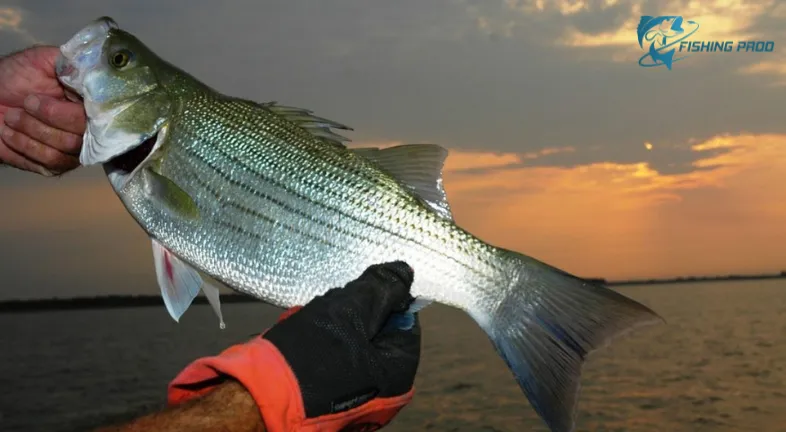
White bass and hybrids have been schooling intermittently, primarily in the main lake at deeper points and humps. When the schools are active, they’ve been feeding aggressively on shad, resulting in some thrilling activity on jigging spoons and small crankbaits. Keeping an eye on the birds can help you spot these schools because they frequently dive into the water where the fish are pushing shad to the surface.
Bream and panfish
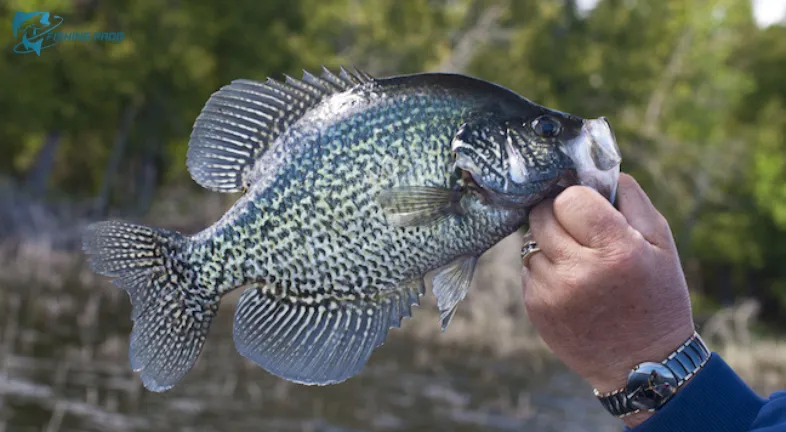
Bream fishing has been good, especially near the docks and shallow brush piles. The most efficient way has been to use live crickets or worms under a bobber. The finest fishing has occurred in the early morning and late afternoon, when the fish are more active in cooler water.
- To increase your chances of success, fish during colder hours, such as early morning or late evening. You’ll not only avoid the worst of the heat, but you’ll also attract more active fish.
- Electronics: Use a fish finder to spot deeper structure and schools of fish, especially during the day when bass and crappie are holding deeper.
- Bait choices: Base your bait choices on the time of day and the fish’s depth. Topwater lures are best for early and late fishing, while deeper-running baits work better during the day.
Fishing can be difficult in the summer heat, so patience is essential. Stick with it, and you’ll probably be rewarded with some good fish.
Final Thoughts
Lake Fork remains a popular fishing destination, offering a diverse range of species and possibilities. Whether you’re looking for the famed largemouth bass, crappie, catfish, or white bass, there’s plenty of action available. To guarantee a safe and successful excursion, stay hydrated, wear sunscreen, and adhere to all local fishing restrictions. If you’re planning a trip to Lake Fork, now is the time to get out on the water and experience some of Texas’ best fishing. Have fun fishing!
Read More : Lake Hartwell Fishing Report

